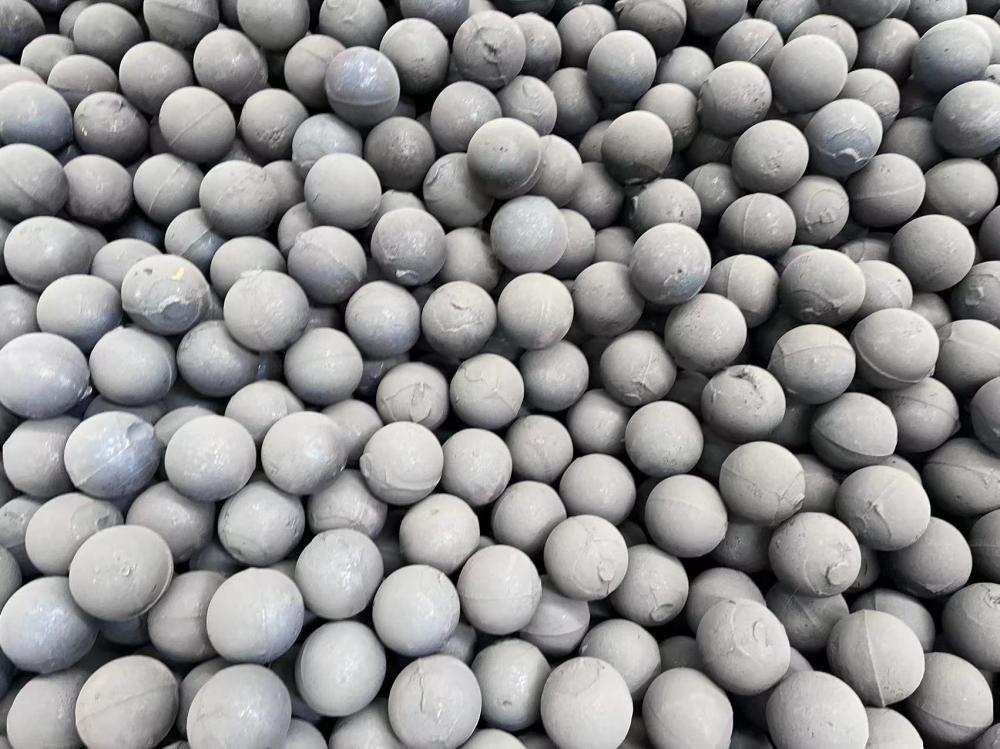Design Concepts The core concept of PLC control is to initiate a fully automated process once the start button is pressed, following a pre-programmed sequence. After completing the process, the system automatically returns to its initial state and sends an end signal. If a stop button is pressed during operation, the program pauses and resumes from where it left off when the stop is released.
External Inputs in PLC Systems During the execution of the PLC program, transitions between steps—such as from pre-vacuum to vacuum suction—are determined by external input signals. These inputs include parameters like pressure, vacuum level, temperature, liquid level, and time. The internal logic of the PLC evaluates these inputs to decide whether to proceed to the next step. When the wood is fully treated, the PLC receives data from various sensors, including pressure transducers, vacuum switches, temperature sensors, level detectors, and time relays, which help regulate the process accurately.
PLC Control Flow with Frequency Pressure Method The frequency pressure method involves creating rapid positive and negative pressure changes within the treatment tank, altering the flow direction of the preservative solution inside the wood. This technique accelerates the penetration of the solution into the wood structure, enhancing the effectiveness of the treatment.
When using the frequency pressure method, traditional manual equipment struggles to keep up with the frequent adjustments required. However, with PLC-based automation, the system can dynamically adjust based on sensor feedback. A pressure sensor can be integrated into the tank to provide real-time input to the PLC. The timing for pressure cycles can be controlled either through the PLC’s internal clock relay, the pressure sensor itself, or a combination of both. Some systems use a dial-time relay on the control panel to set the cycle duration. This automation reduces worker involvement, minimizes human error, and ensures consistent product quality.
PLC and Tank Door Safety Interlock Wood preservation tanks are high-pressure vessels equipped with quick-opening doors. According to the "Safety Technical Supervision Regulations for Pressure Vessels" issued by the State Administration of Market Regulation, all fast-opening doors must have reliable safety interlocks. Unfortunately, only a small number of domestic wood preservation systems meet this standard. Some installations have safety devices but fail to implement proper interlocking mechanisms, while others lack any form of interlock, posing serious safety risks.
PLC-controlled wood preservation systems can effectively manage the safety interlock function for quick-opening doors, significantly improving equipment safety. The interlock mechanism works by preventing the process from starting if the door is not properly closed. In practice, the vacuum system should not activate until the door is securely shut. If the vacuum is activated prematurely, and then gradually released, the door could open under the weight of the liquid inside, leading to leaks, environmental contamination, and potential hazards.
Once the program starts, the system enters the preservation stage, and the door remains locked throughout the entire process. The quick-opening door can only be accessed when the program has completed its cycle and returned to the base position, at which point an end signal is sent. The safety interlock system flow is designed to ensure that no unauthorized access occurs during active operation.
Conclusion PLC-controlled wood preservation equipment offers several key advantages: it significantly reduces labor intensity, enhances automation, stabilizes product quality, and improves equipment safety. Additionally, it allows for the seamless integration of specialized processes such as the frequency pressure method, making the entire treatment process more efficient and reliable.
High chromium steel ball features:
1. High chromium steel balls have a high hardness, usually between 60-66 HRC, which makes them have good wear resistance and pressure resistance.
2. The hardness of high chromium steel ball makes it have excellent wear resistance and can maintain a long service life in a wear environment.
3. High chromium steel ball has high tensile strength and compressive strength, and can withstand greater external force.
4. High chromium steel ball has good corrosion resistance and can be used for a long time in acid and alkali environment.
5. High chromium steel ball has good high temperature stability and can maintain good performance in high temperature environment.
6. High chromium steel ball has a good surface finish, which can reduce friction resistance and energy loss.
7. The production process of high chromium steel balls is relatively fine and can achieve high precision requirements.
8. The low wear rate of high chromium steel ball enables it to maintain good performance for a long time.
9. The manufacturing process of high chromium steel ball makes it have good balance and can maintain stability in high-speed rotation or vibration environment.
10. High chromium steel balls have good plasticity and can be formed and processed by cold working or hot working.

Abrasives That Wear Well,Alloy Chrome Steel Ball,High Hardness Alloy Steel Ball,High Hardness Cast Steel Ball
Xuzhou Surun wear-resistant material Co., LTD , https://www.suruntools.com